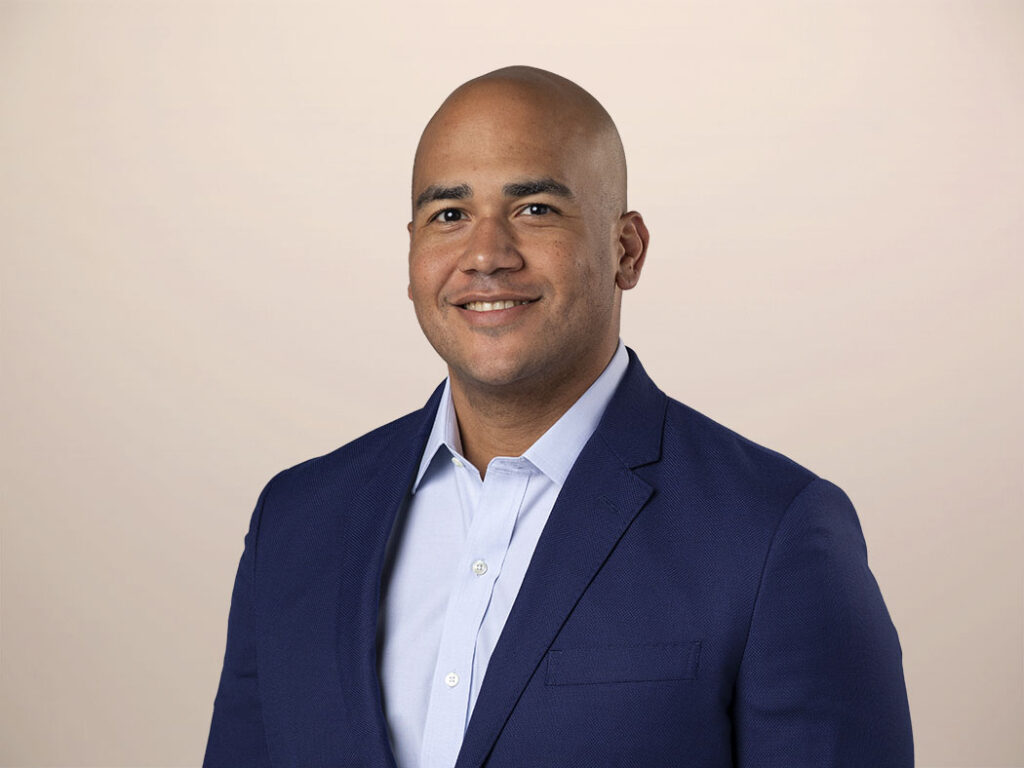US Dept. Of Navy Is Rewiring Its Innovation Pipeline
The US government doesn’t have an innovation problem; it has an adoption problem. Just as the military would never send a warfighter into battle without their proper kit, innovators can’t succeed without frameworks that provide a path for innovative capabilities to end up in the hands of end users. I witnessed this issue myself leading technology initiatives inside defense acquisition programs: Innovative projects in the form of R&D, pilots, and MVPs are regularly built, demonstrated, and sometimes make it into the hands of a select set of test customers. But historically, many of these systems never make it into full-scale production. Even fewer end up replacing systems of record, which is where the rubber meets the road in innovation leading to real value for the government. The Navy is taking aim at this long-standing issue with frameworks like modern service delivery and investment horizons.
Investment Horizons Connect Modern Service Delivery And Tech Adoption
Starting in 2019, the Navy’s PEO Digital (Program Executive Office for Digital and Enterprise Services) team introduced and then continued to refine a series of documents describing its modern service delivery approach. These guidelines provide a common language and frameworks to understand the Department of Navy tech portfolio, highlighting critical delivery enablers such as portfolio rationalization aligned to services rather than program offices, self-service CI/CD pipelines, and the creation of a centrally managed technology roadmap to help coordinate resources and messaging across the entire portfolio of programs. Investment horizons charts advance this initiative by providing a lifecycle view to services and innovation investments, hoping to improve transparency and focus efforts more on value-based outcomes and away from activity and spending. Each technology or service is categorized into a horizon based on its maturity and lifecycle stage. Here’s how projects move through the lifecycle:
- Horizon 3 monitors investment opportunities in innovative technologies and services. This is the earliest stage of investment. Program Executive Offices (PEOs) across Navy departments populate horizon 3 by collaborating with stakeholders, research organizations, and technology directors to identify opportunities to introduce new capabilities into the program.
- Horizon 2 houses funded pilot projects based on mature horizon 3 technologies. An important part of this stage is connecting the dots between pilot projects and existing systems of record.
- Horizon 1 includes both successful pilots ready to scale and legacy capabilities in sustainment. This comprises both new capabilities that PEOs fund to evolve pilots into production systems and capabilities currently in sustainment.
- Horizon 0 is behind the proverbial barn, where cattle identified for divestment go to retire. This is where this effort converges with Operation Cattle Drive, which aims to accelerate modernization of the IT portfolio through the sunsetting of obsolete systems.
What Should Government Leaders Do?
Keep an eye on the Department of Navy CIO as you flesh out your own innovation initiatives. The Navy CIO office is focusing their efforts on the correct set of challenges here. These challenges exist in many governments as well as US agencies outside the US Navy and DoD. Efforts to create better portfolio rationalization and linkages between systems of record and pilot programs could benefit any government organization looking to accelerate innovation.
Reach out to Forrester to schedule an inquiry to help guide your cloud-native initiatives or to dig into these announcements.
